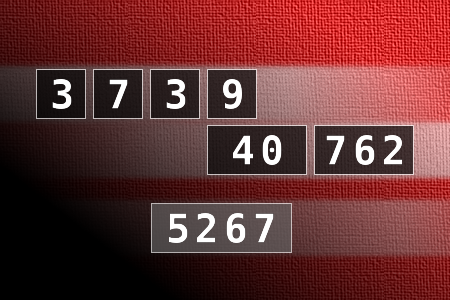Calculate the number 5267
NUMBERMANIA: Calculate the number 5267 using numbers [3, 7, 3, 9, 40, 762] and basic arithmetic operations (+, -, *, /). Each of the numbers can be used only once.Correct answers: 2
#brainteasers #math #numbermania


